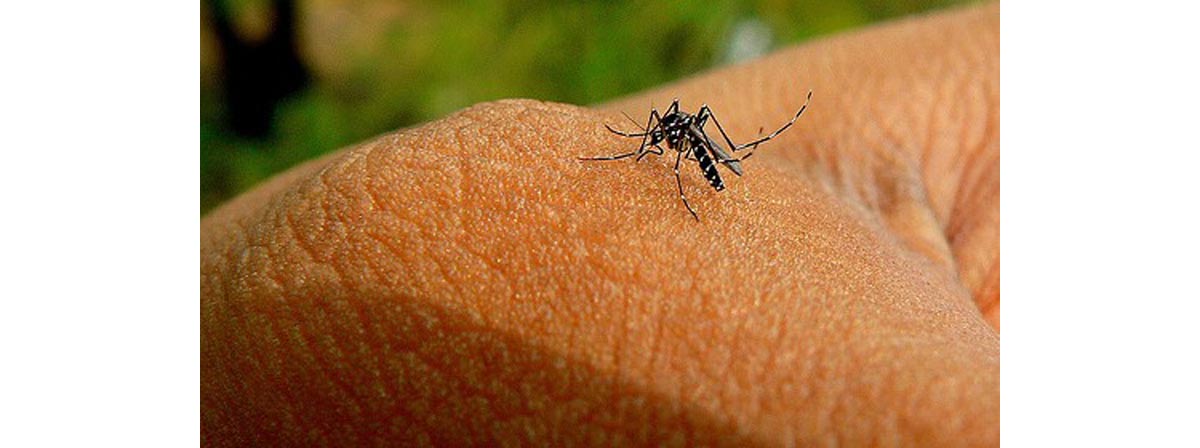Table of Contents
Radically new idea was proposed by scientists from John Hopkins and Michigan State Universities. In their article recently published in Science, researchers suggest to develop resistance to the malaria-causing parasite in the wild population of mosquitoes. In their approach, malaria-spreading Anopheles mosquitoes were infected with a specific species of bacteria called Wolbachia which makes mosquitoes immune to Plasmodium falciparum infection. Resistance to malaria among mosquitoes would break the parasites lifecycle and prevent human infection. Researchers have shown that Wolbachia-infected mosquitoes are not only resistant to malaria, but also can transfer this resistance to the offspring. In the laboratory experiments, 34 generations of mosquitoes remain immune to malaria after initial infection of their ancestors with Wolbachia. Thus, the seeding of mosquitoes with bacteria in the wild can infect the population of malaria-spreading mosquitoes and prevent human infection.

Approach is dramatically different from everything what we have seen so far. Instead of curing people or eliminating the disease carriers, new method suggests to eliminate the disease among the wild mosquitoes. Essentially, healthy wild mosquitoes mean healthy people in the affected areas.
New method will face potential problems
New approach proposed by the American scientists is not without its potential problems. Mosquitoes infected with Wolbachia tend to lay smaller number of eggs which means that they are reproducing slower than unaffected insects. This means that the establishing of bacterial infection in the wild population can be rather slow. In addition, the approach in its current form was developed for just one species of malaria-spreading mosquitoes, Anopheles stephensi. In those regions of the world where other species of mosquitoes are predominant the method will not work. It can be adapted for other species, of course, but this required additional research to establish the way of doing this.
On top of this, Plasmodium falciparum is not the only pathogenic species that can cause malaria.Plasmodium vivax is another parasite leading to the same condition. Two more species, P. ovale, and P. malariae can cause a milder former of the disease. It remains to be seen if Wolbachia infection can make mosquitoes immune to these pathogens.
Eradication of malaria is likely to be achieved through the combination of several strategies
In the current situation when most drugs against malaria are not effective anymore, the biological approach to controlling the wild population of disease-causing pathogen represents an important and promising step in the right direction.
Taking into account the previous failures in the fight with malaria, it is hard to expect that the new approach alone would lead to the disease eradication. But it has a good potential to reduce the number of parasites in the wild and thus make the development of drug resistance to malaria less likely. Combination of several strategies may help at least in reducing the disease’s burden if not in its complete eradication.
- Guowu Bian, Deepak Joshi, Yuemei Dong et al. (10 May 2013) Wolbachia Invades Anopheles stephensi Populations and Induces Refractoriness to Plasmodium Infection. Science 340, 748-751
- Nayyar GML, Breman JG, Newton PN et al. (2012). Poor-quality antimalarial drugs in southeast Asia and sub-Saharan Africa. Lancet Infectious Diseases 12 (6): 488–96
- Olivo Miotto, Jacob Almagro-Garcia, Magnus Manske et al. (2013) Multiple populations of artemisinin-resistant Plasmodium falciparum in Cambodia. Nature Genetics 45, 648–655
- Raghavendra K, Barik TK, Reddy BP et al. (2011). Malaria vector control: From past to future. Parasitology Research 108 (4): 757–79
- Photo courtesy of Gates Foundation by Flickr : www.flickr.com/photos/gatesfoundation/6231380108/
- Photo courtesy of Pandiyan V by Flickr : www.flickr.com/photos/pandiyan/83288192/


Your thoughts on this